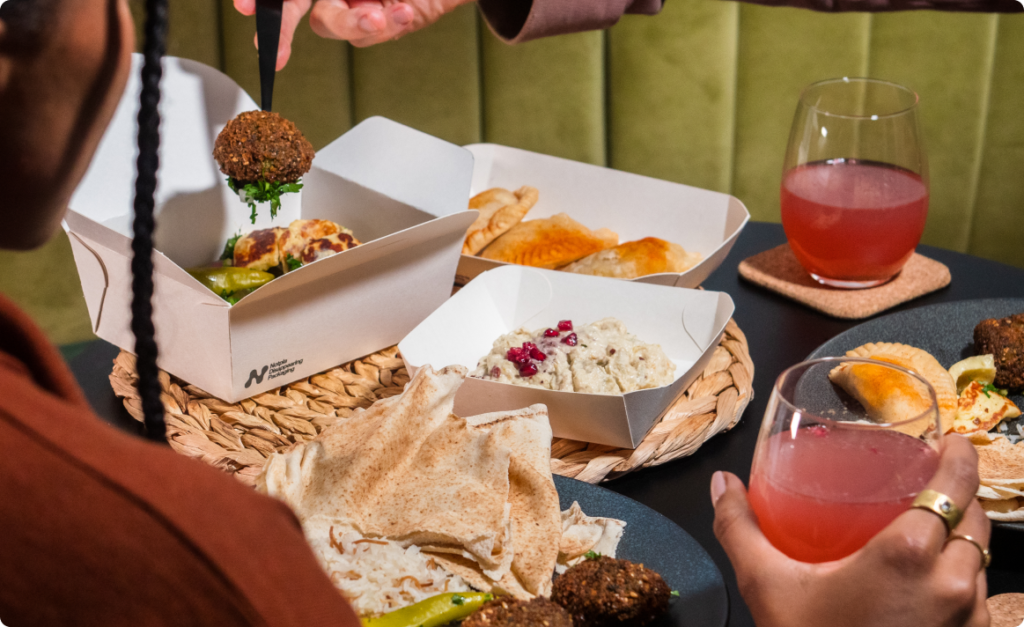
Edible Opportunity: Rethinking Packaging
At the cusp of environmental innovation, diverse organizations and academic bodies are reimagining the essence of packaging, forging a path towards consumable solutions. London's Notpla gives promise to groundbreaking composite of seaweed and plants. One of their projects Ooho, the edible water pod, a boon for festive gatherings and sports events, offers an alternative to the ubiquitous plastic bottle. Although in it's infancy companies like these offer promise to our future. Ooho is a vessel that contains water in a double membrane, using a technique to shape liquids in spheres called “spherification.” A technique that encapsulates foods with gelatin textures, so that they have a consistency similar to fish eggs. Ooho is made of algae and calcium chloride, at a very low cost. To drink the water you just have to break the sphere and sip the water inside. But don’t worry, it’s edible.
Notpla has expanded now offering a wide range of food containers that have the promise : "Convenience does not have to cost the world. This simple food container is carefully engineered to eliminate waste and make the planet a healthier place. Where conventional containers have petrol-based coatings that stick around forever, this one has a 100% natural seaweed coating. Once finished, the whole package can be composted and disappears without a trace - just like a fruit peel."
Across the seas in Indonesia, Evoware/Ecoplas crafts edible vessels and food wraps from carbon sequestering seaweeds creating Bags and mailers, sachets and wrapping as well as straws. cups and to go food containers and cutlery ensuring their products not only tantalize the palate but also respect the tenets of Halal and disintegrate in the warmth of water. Stateside, Loliware embarks on a similar crusade, fashioning an array of edible cups, straws, and cutlery from the versatile seaweed, designed to return to the earth with ease should they escape consumption.
In the corridors of academia, Professor David Edwards and his brainchild Wikicell Designs conceive a grape-like enclosure for liquids and edibles, marrying practicality with sustainability. Meanwhile, the collaborative genius of Mantecorp and Plantic Technologies introduces an edible film for pharmaceuticals, dissolving seamlessly upon the tongue.
Mycelium holds promise to replace packaging materials like styrofoam. Reimagining compostable deliveries that could potentially fertilize hyperlocal food systems may not be as far off as we think. what if you could sprout your Amazon box into a salad?
The journey of edible packaging from the laboratory to the lips of consumers is not without its trials—acceptance, endurance, cost, and compliance with standards pose significant challenges. Yet, the undying zeal for environmental stewardship propels relentless research and development, promising a horizon where sustainable packaging is not a luxury, but a norm for the markets of tomorrow.